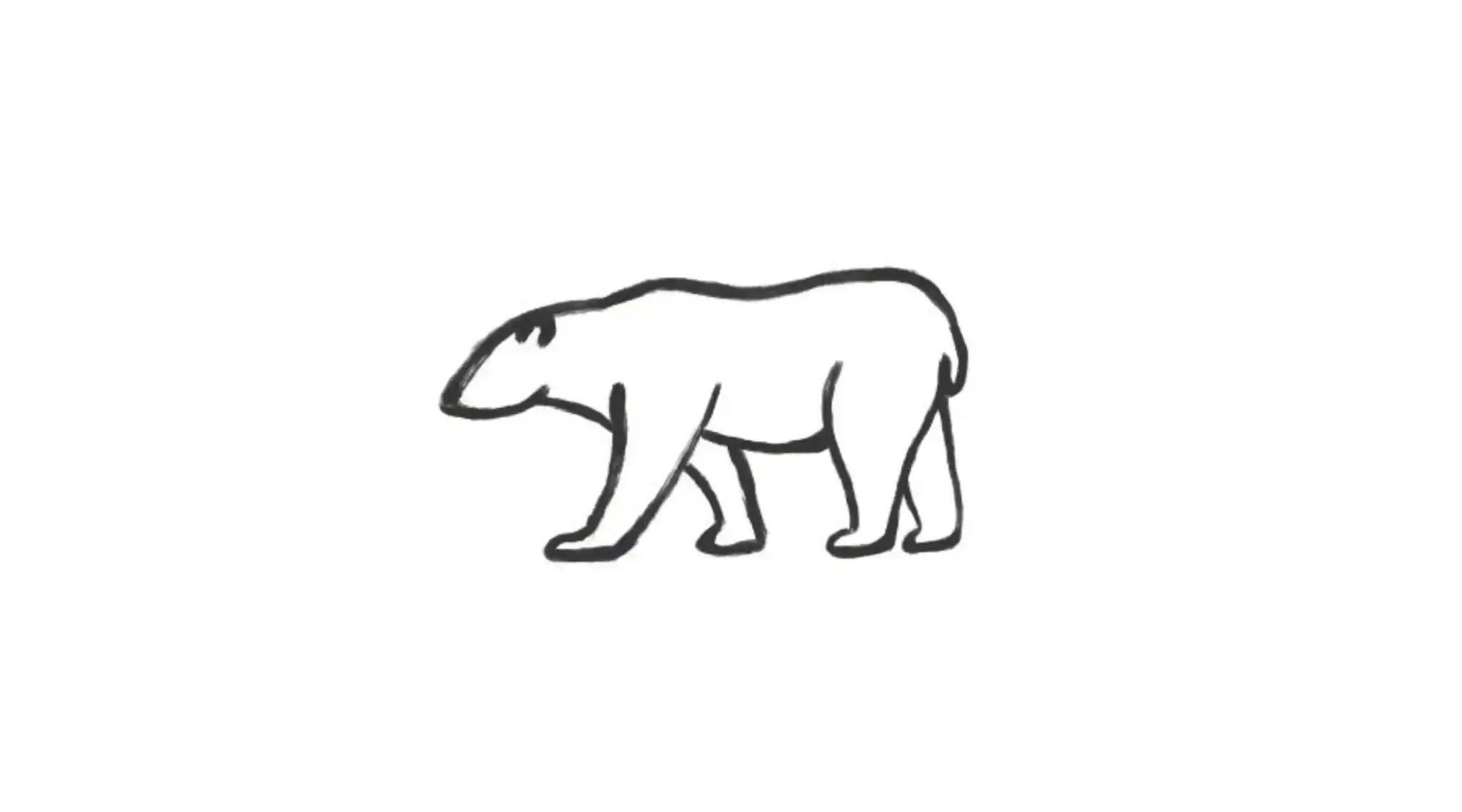
Birds, Bears & Belugas
A specialist-led safari in the Arctic North taking in the variety of wildlife that inhabits this remote wilderness; from the majestic King of the Arctic - the polar bear - to the unique-looking beluga whale and more.

Wildlife Specialists
Whether spotting polar bears on the tundra, belugas in the bays, or narwhals threading through the sea ice, our Arctic Canada safaris are built around extraordinary wildlife encounters. We work with expert naturalists and Inuit guides to ensure you are in the right place at the right time for rare and intimate moments in nature.

Wealth of Experience
We’ve been exploring the Canadian Arctic for years, forging close partnerships with local communities and specialist guides. From navigating the floe edge to spotting polar bears or beluga whales, our team draws on deep knowledge to craft seamless journeys in one of the most remote and awe-inspiring regions on Earth.

Tailor-Made Safaris
Every journey to Arctic Canada is carefully crafted around your interests. From seasonal wildlife migrations to cultural encounters and off-grid adventure, we work with trusted local partners to design bespoke safaris that offer privileged access to one of the world’s last true wildernesses.